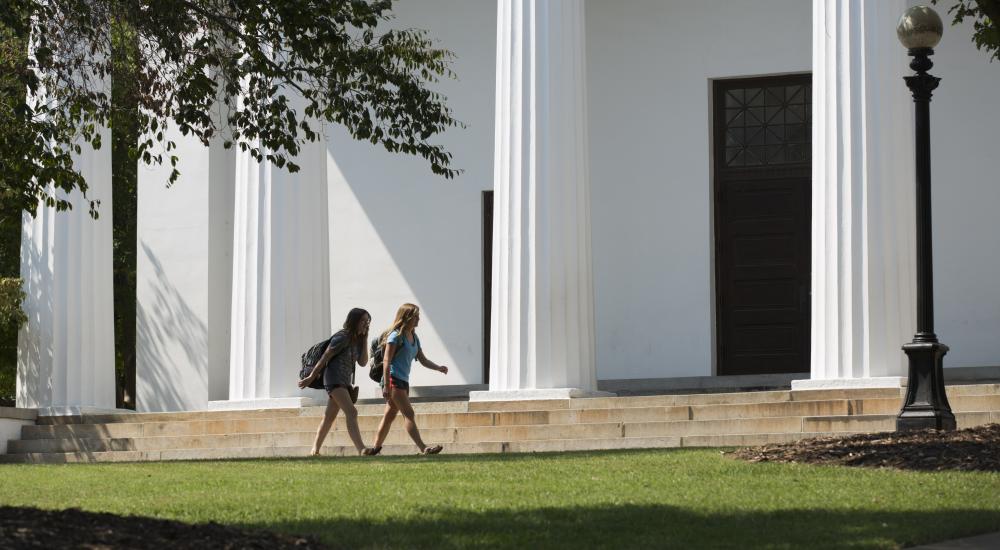Rethinking the Partnership Paradigm
Struggling with how to accommodate the more than 135 incoming international freshmen that Lehigh University was expecting on campus this fall, the office of international affairs spent much of the spring weighing its options.
Staff considered providing remote learning to students in their home countries—all 36 of them—or allowing deferrals. But after working with new and existing partners around the globe, the result was something entirely new: the Lehigh in Residence program.
In most cases, incoming students will live and take classes on university campuses in their home countries this fall but pay tuition to Lehigh, which in turn will reimburse the partner institutions. The Pennsylvania college also agreed to accept credit for preapproved classes that students take on the partner institutions’ campuses; the only Lehigh course international students will take remotely is a required English language course for incoming students.
“What’s in it for us is these students matriculating to Lehigh and eventually joining us on campus,” Stacy Burger, director of global partnerships and strategic initiatives, said during a June webinar. “We also want it to be mutually beneficial for our existing and new partners.”
As international programs plan for an academic year that will likely begin without mobility, ensuring that global experiences continue requires new thinking—and new ways of working with partners. By one estimate, 1.5 billion learners worldwide saw their education disrupted this spring, from preschool through postdoctoral programs, suggesting that partners worldwide are seeking common solutions to what is an international challenge.
“We’re all














